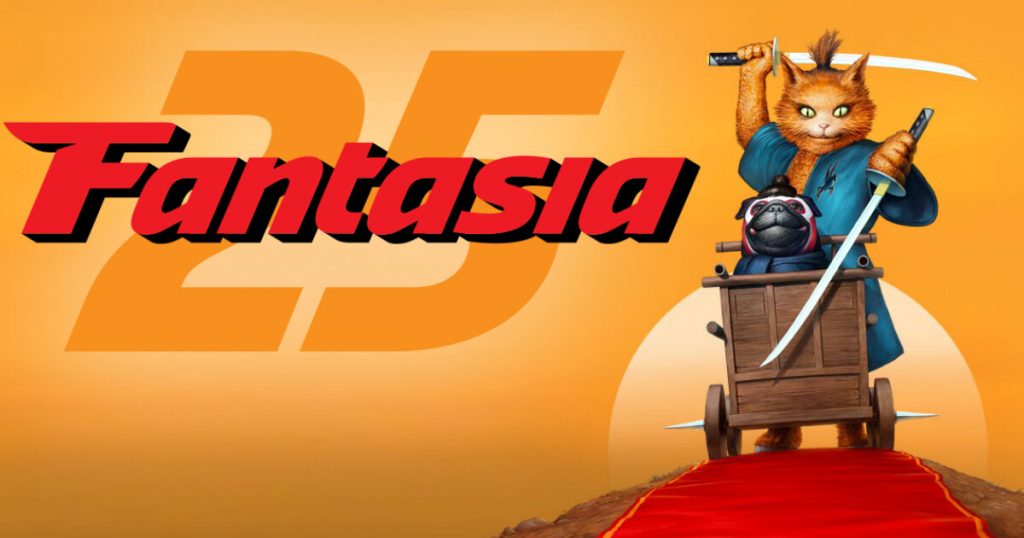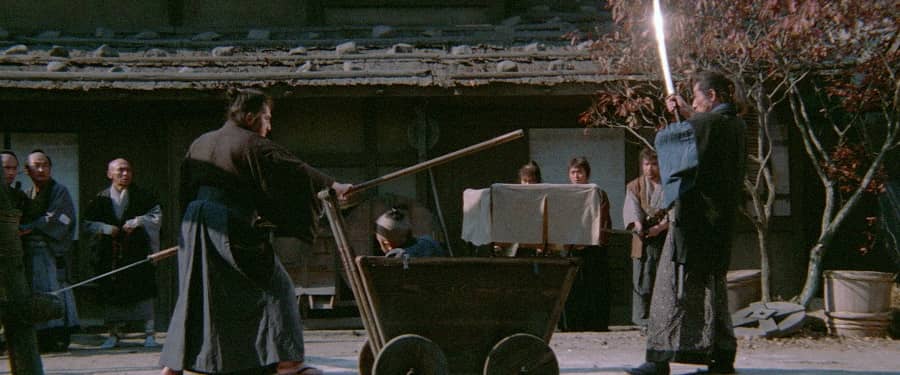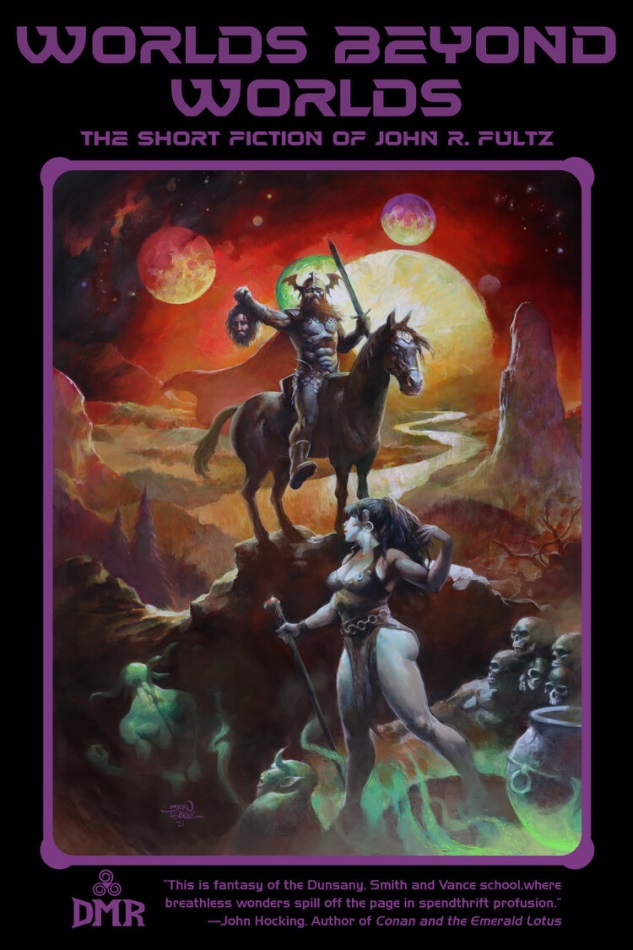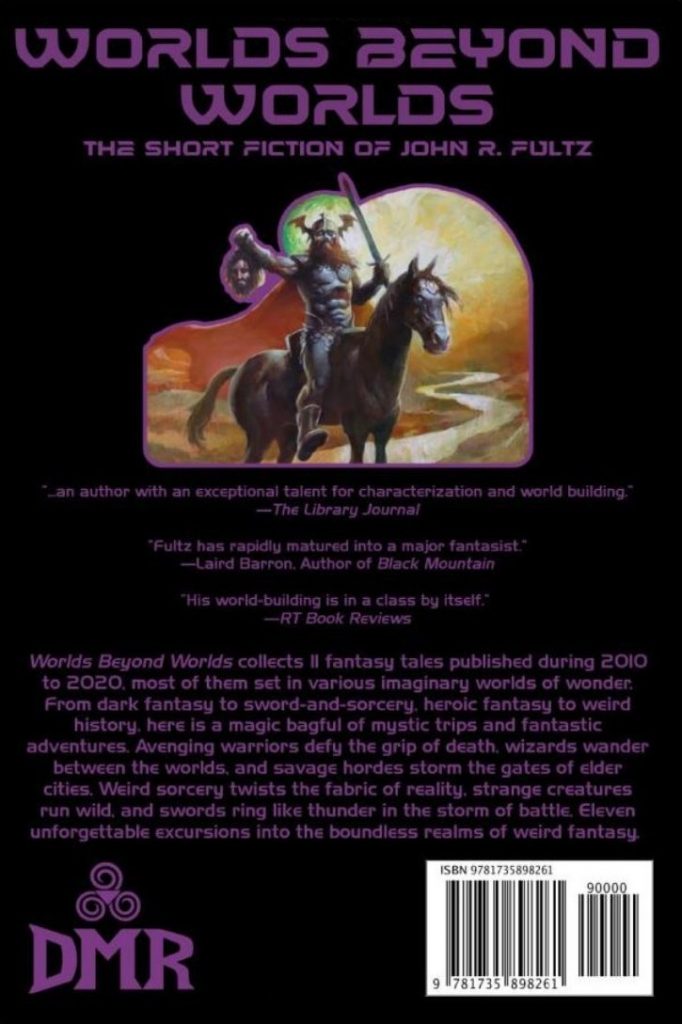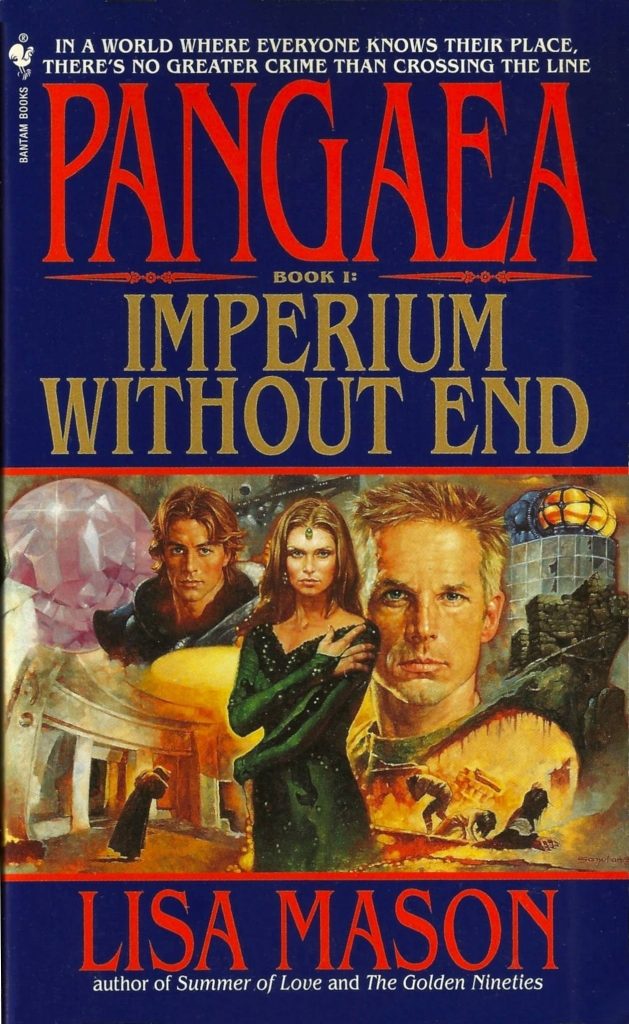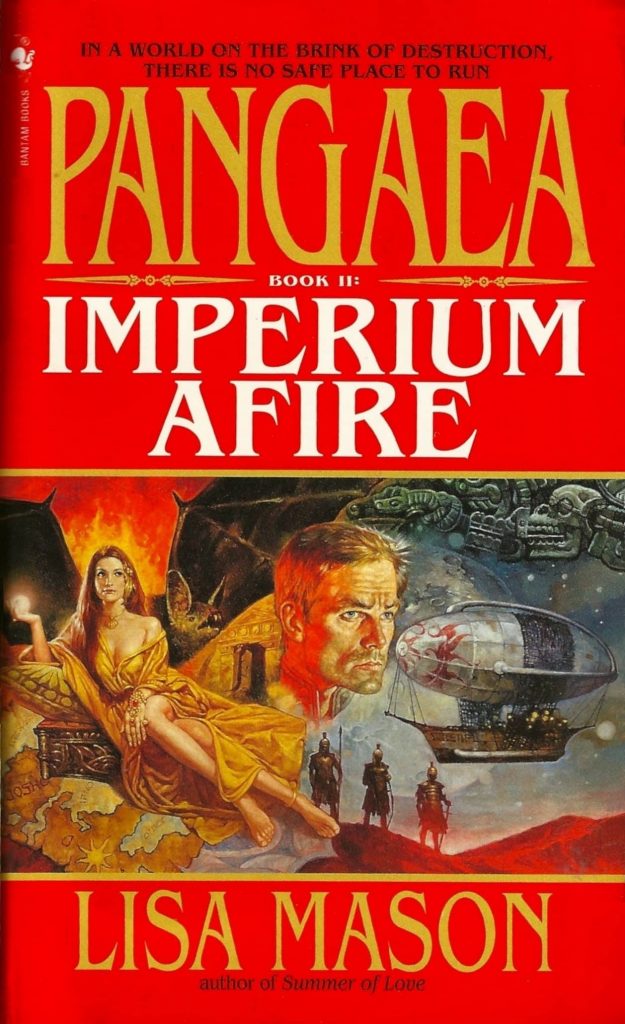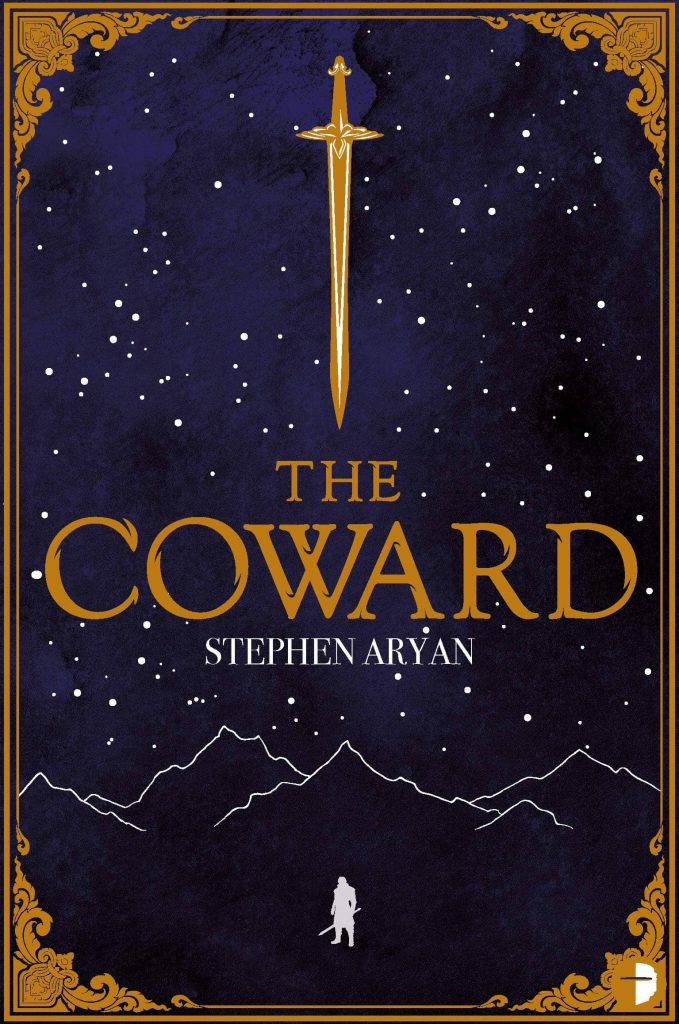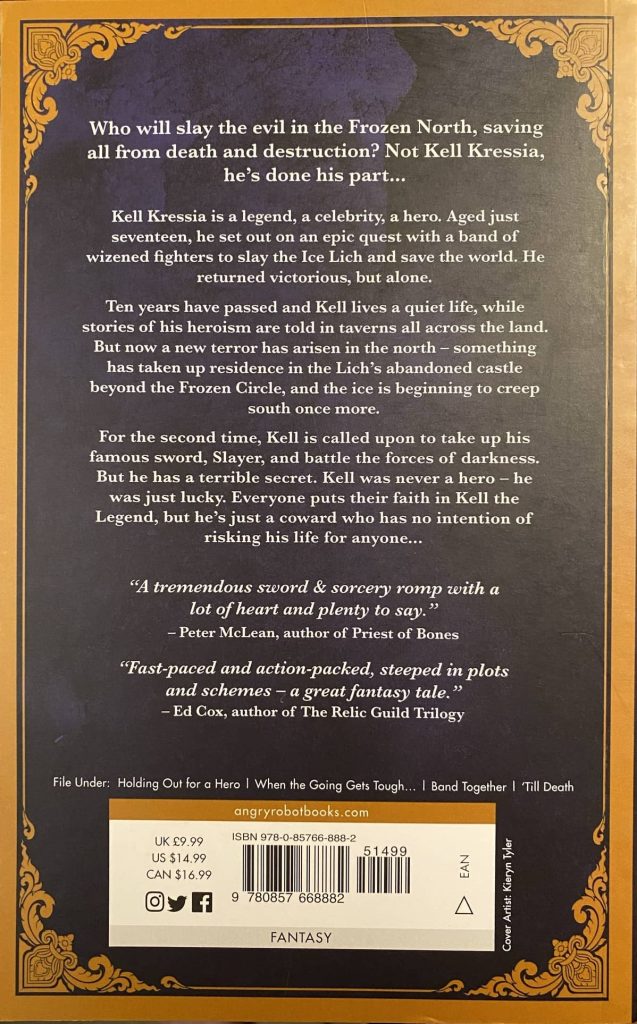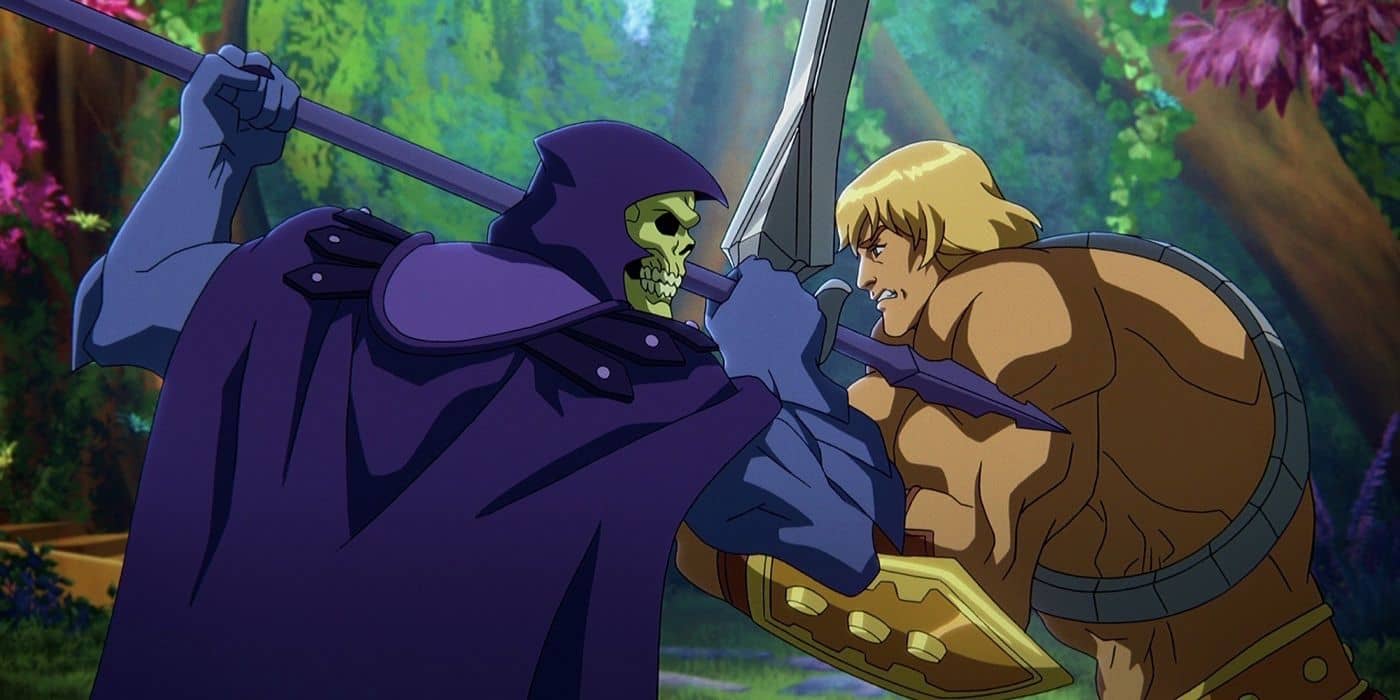Fantasia 2021, Part I: Introduction and Preview
Summer’s come around again, and with it another installment of the Fantasia International Film Festival, the Montreal-based genre festival it’s been my pleasure and privilege to cover for Black Gate since 2014. Fantasia’s back up to a full three weeks after last year’s two-week version, starting today and running until August 25; here’s the full schedule. COVID-19’s still out there, though, so this year like last most of the films are streaming rather than shown in a threatre. Some are at scheduled times, others are available on demand over the course of the festival, and all movies are geo-locked to Canada though panels and discussions will be available worldwide through Zoom or YouTube.
But a few films have in-person screenings at Montreal’s venerable Imperial Theatre. This briefly caused me to ponder: doubly vaccinated as I am, am I comfortable going to a movie theatre? I never came to a conclusion because at the start of July I felt a pain in my foot, and when I finally bothered to have a doctor look at it two weeks later, found out it was a stress fracture. I now have a boot cast to wear through the end of August, and while it lets me get around it’s probably still a good idea to avoid needless strain on the foot. So I’ll be taking in the festival from the comfort of my couch.
